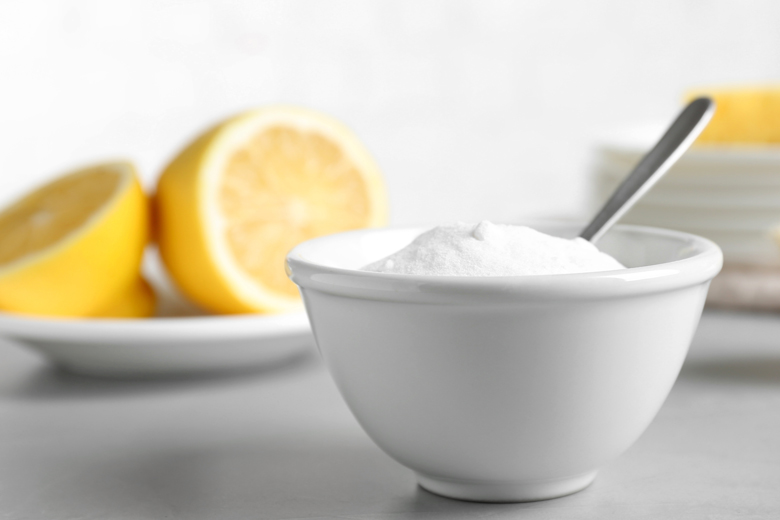Product Overview:
Baking soda paste is a readily available household cleaning solution made from a mixture of baking soda and water. It is primarily used for cleaning, deodorizing, and as a mild abrasive. Its wide range of applications extends from the kitchen to the bathroom, including cleaning stainless steel appliances, countertops, sinks, and fixtures.
Ease of Use:
Using baking soda paste for cleaning is as simple as it could be. The preparation involves mixing three parts of baking soda and one part of water to form a thick paste. This mixture can be applied directly to the surface that needs cleaning, with a cloth, sponge, or even with your fingers for detailed application. After a thorough scrub, you rinse it off with water and then wipe the surface dry. One can say that the only challenge in its preparation and application is to achieve the right consistency of the paste.
Cleaning Effectiveness:
The cleaning potential of baking soda paste is impressive, making it a popular choice for many homeowners. Its mild abrasive properties help to remove hard water stains, grime, and rust from stainless steel surfaces without scratching them. However, it may not be the best choice for heavily greased or extremely dirty surfaces.
Scent & Residue:
Baking soda paste has a fresh, clean smell that many people appreciate. It does not have a strong, overpowering scent that many chemical cleaners possess. Also, it does not leave any residue or streaks behind on the cleaned surfaces. However, it is essential to rinse the surface thoroughly to prevent a thin white film that may appear due to dried baking soda.
Price & Availability:
Baking soda is one of the most affordable cleaning solutions available. A box of baking soda can cost less than a dollar and is readily available in various stores or online.
Pros and Cons:
The best thing about baking soda paste is its affordability and versatility; it can be used in various cleaning applications around the house. It also deodorizes while it cleans, another advantage. On the downside, it may require a bit more effort and time to clean heavily soiled areas. Also, achieving the right consistency of the paste might be a bit tricky for some.
Comparison:
Compared to other natural cleaning methods like vinegar or lemon, baking soda paste works exceptionally well on stainless steel. Unlike vinegar, it does not have a strong smell, and unlike lemon, it does not leave a sticky residue.
Best Use Case:
Baking soda paste is best for those looking for a cost-effective, eco-friendly, and non-toxic way to clean stainless steel surfaces. It is especially effective for light to moderate cleaning tasks, such as removing water stains, cleaning sinks, or polishing stainless steel appliances.
Stainless steel, while being a durable and aesthetically pleasing material, can be challenging to maintain, showing fingerprints, water stains, and grime quite noticeably. Keeping it clean not only enhances its appearance but prolongs its lifespan, making the brewing of homemade solutions like baking soda paste worthwhile.
Final Verdict:
As a household cleaning solution, baking soda paste comes highly recommended. Its effectiveness in cleaning and deodorizing, combined with its affordability and availability, makes it a wise choice. However, for heavily soiled or greased surfaces, you might need a stronger cleaning agent. Honoring its limitations and strengths, baking soda paste can definitely find its place in our cleaning arsenal, helping to keep our homes and particularly stainless steel shiny and fresh. It serves as a testament that effective cleaning does not always require harsh chemicals or a significant investment.

